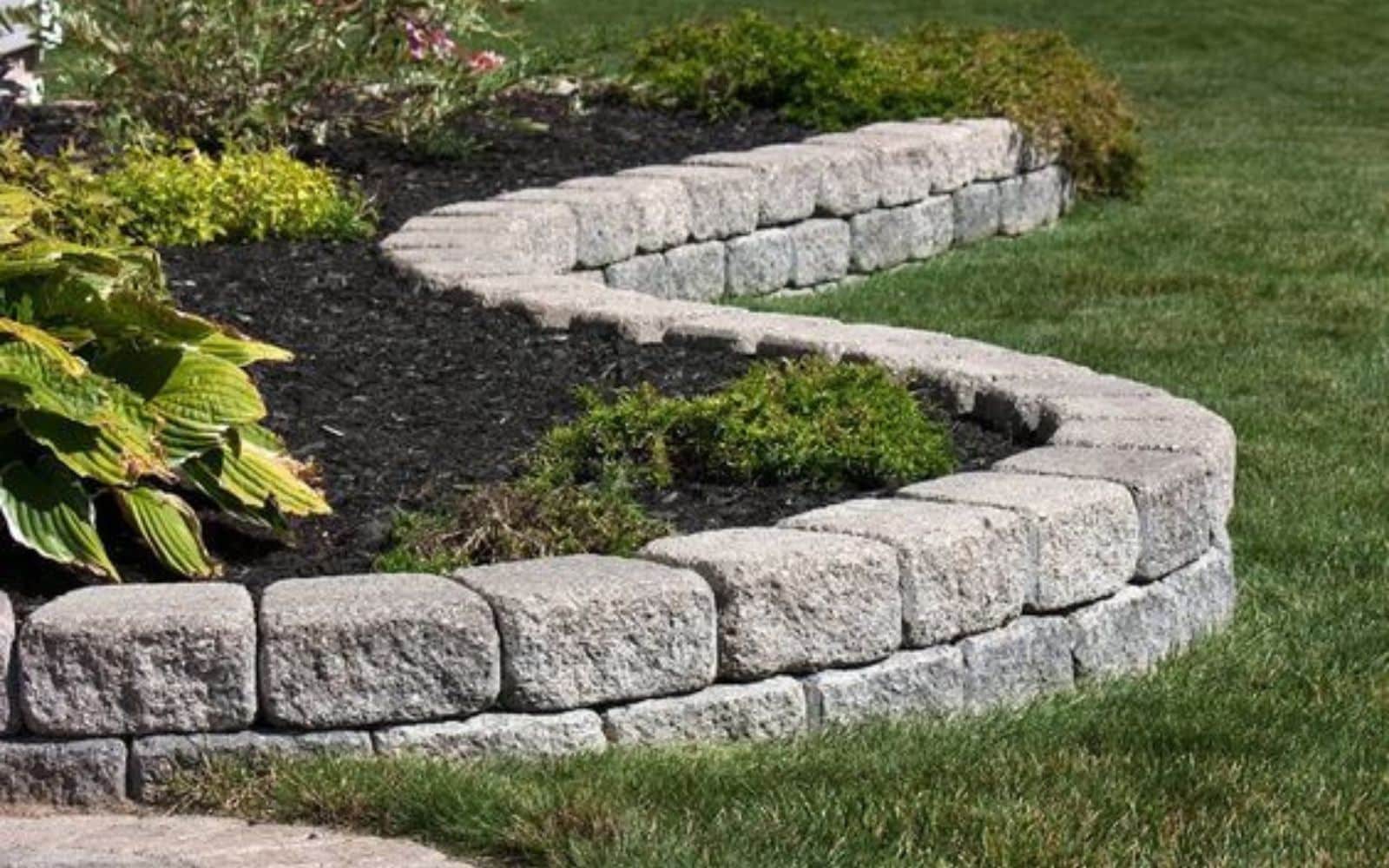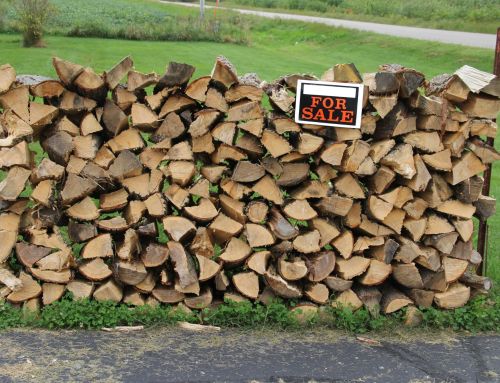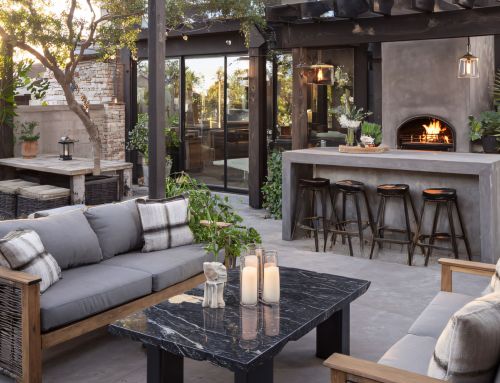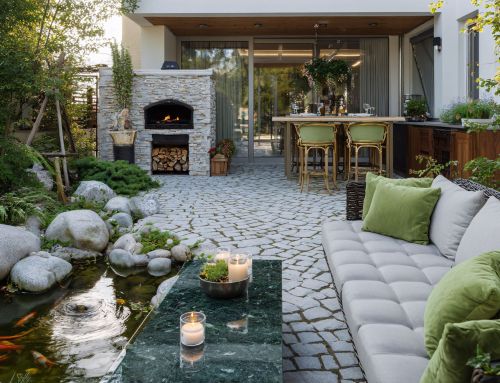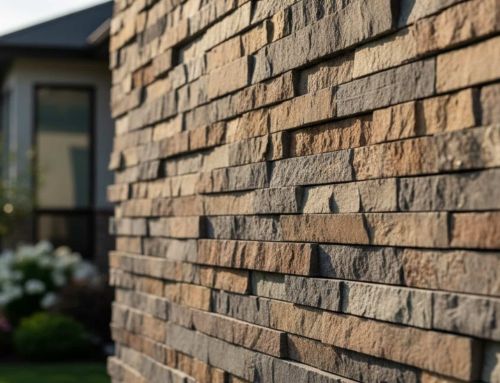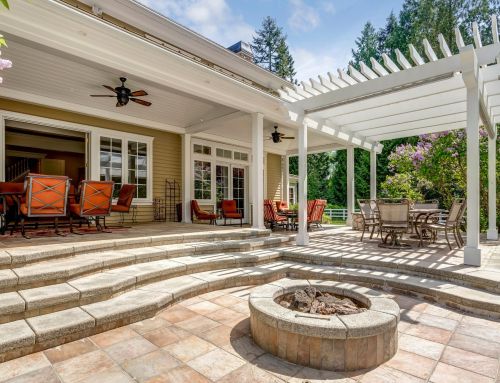Curbing, especially curb landscape edging and rubber curb landscape edging, is a smart way to create clean lines, define garden beds, and keep mulch, rocks, and soil in place. It not only adds visual structure but also serves a practical purpose by keeping grass and weeds from invading flower beds or walkways, particularly when using durable concrete curbing. The result is a more organized, easier-to-care-for yard that looks professionally landscaped.
Whether you’re outlining garden paths, circling trees, or giving your driveway a sharp border, the right curbing can make a big difference. From flexible rubber and eco-friendly options to long-lasting concrete and stone, there’s an edging material for every budget and style. Choosing the right one depends on how you use your space, your climate, and how much upkeep you’re willing to do; here are some ideas to guide you, especially those that emphasize great customer service. This article breaks down the types of curbing, pros and cons, and what to consider before getting started.
What Is Landscape Curbing?
Curbing, also known as landscape edging, is the material or structure used to create clear boundaries around lawns, garden beds, trees, driveways, or walkways. It serves both a visual and functional role, helping to contain mulch, gravel, or soil while defining clean lines in your landscape design, particularly around landscape beds. It also prevents grass and weeds from creeping into areas where they don’t belong, which is especially useful in regions with aggressive turf growth or high rainfall.
Beyond its practical benefits, curbing adds beauty and an attractive, neat, finished look. to your outdoor space. A well-edged yard appears more intentional and polished, making it easier to maintain and more enjoyable to spend time in. Whether you choose poured concrete, stone, rubber, or metal, the right edging can elevate your landscape and reduce long-term maintenance.
Types of Landscape Curbing Materials
There are several types of edging you can choose from, depending on your needs and budget. Here’s a breakdown of the most common materials, including some economical options:
Concrete Curbing
Concrete is one of the most durable choices for edging. It’s typically poured and shaped on-site, allowing for custom designs, colors, or stamped textures. It’s perfect for homeowners looking for a permanent, low-maintenance solution.
Rubber Curb Landscape Edging
Rubber edging is made from recycled tires, making it a smart, eco-friendly option. It’s flexible, weather-resistant, and simple to install. This material works well for curved borders or areas where safety and softness matter, such as near play zones or walkways, helping to soften the landscape.
Plastic or Vinyl Edging
Plastic and vinyl edging are among the most affordable options. They’re lightweight, easy to install, and good for simple, DIY-friendly projects. However, they may not last as long in harsh climates or high-traffic areas compared to options that create straight lines.
Stone or Brick Curbing
Stone and brick offer a timeless look. While they often require more labor and planning, the visual payoff is worth it for those wanting a natural or classic design. These materials blend well with formal gardens and traditional landscapes.
Metal Edging (Steel or Aluminum)
Metal creates sleek, crisp lines, perfect for modern landscapes. It’s strong and rust-resistant, and easily bends to shape around curves. Steel is slightly more rigid, while aluminum offers better corrosion resistance.
Natural Stone Curbing Excellence
Natural stone curbing represents the premium choice for discerning homeowners who value both beauty and longevity. Unlike manufactured materials, natural stone offers unique textures, colors, and patterns that cannot be replicated, ensuring your landscape edging is truly one-of-a-kind. Materials such as granite, limestone, and sandstone provide exceptional durability that can withstand decades of weather exposure while maintaining their aesthetic appeal.
The investment in natural stone curbing pays dividends through its ability to complement any architectural style, from rustic country homes to modern contemporary designs. Natural stone also increases property value significantly more than synthetic alternatives, making it an intelligent long-term investment. Additionally, natural stone develops a beautiful patina over time, actually improving in appearance as it ages, unlike manufactured materials that may fade or deteriorate.
Benefits of Using Rubber Curb Landscape Edging
Rubber curbing is quickly gaining popularity, and for good reason. To begin with, it’s flexible and easy to shape, making it great for bent garden beds or winding paths. In addition, it’s soft and safe, which makes it ideal for playgrounds, schools, and areas where kids often play.
Another major benefit is that it’s eco-friendly; rubber edging is made from recycled materials, helping reduce landfill waste and promoting sustainability. Furthermore, rubber curbing is weather-resistant, meaning it won’t crack, rot, or fade as easily as wood or plastic. It’s also low maintenance; once installed, it remains in place for continuous use and requires minimal upkeep. If you want a combination of function, safety, and sustainability, rubber landscape edging is a smart choice.
Low Maintenance Solutions for Busy Homeowners
One of the most compelling reasons to invest in quality landscape curbing is the dramatic reduction in ongoing maintenance requirements. Properly installed curbing eliminates the need for constant re-edging of garden beds, which traditionally requires weekly or bi-weekly attention during growing seasons. This time-saving benefit becomes particularly valuable for busy homeowners who want beautiful landscapes without the constant upkeep demands. Quality curbing materials like rubber, concrete, and natural stone create permanent barriers and help maintain straight lines that prevent grass encroachment, reducing the need for manual trimming and herbicide applications.
This low-maintenance approach not only saves time but also reduces the use of chemicals in your landscape, creating a healthier environment for your family and pets. Additionally, well-designed curbing systems help retain mulch and soil, improving your landscape design and reducing the frequency of replenishment. and creating more stable growing conditions for your plants. The initial investment in professional-grade curbing pays for itself through reduced labor costs, decreased material replacement needs, and lower maintenance expenses over time, with quality curbing systems requiring only annual inspection and occasional cleaning.
Key Things to Consider Before Installing Curbing
Before you get started, keep these tips in mind. First, think about the layout: sketch your landscape and decide where curbing is needed most. Consider areas where mulch, soil, or rocks tend to spill over. Next, think about purpose: are you using curbing for looks, for function, or both? This will help you choose the right material. Also, consider climate; if you live in a region with freezing temperatures, choose materials that expand and contract without cracking.
In addition, keep your budget in mind. Installation and material costs vary widely. Rubber is mid-range, while concrete and stone are more expensive. Lastly, think about DIY vs. pro install. Some materials are easy to install yourself, while others (like poured concrete) may need a pro. A helpful tip is to use garden hoses or ropes to lay out your desired edging lines before installing. It helps you visualize curves and angles better.
When Should You Install Landscape Curbing?
The best time to install curbing is during mild weather, typically in the spring or early fall. During these seasons, the soil is softer and easier to dig, which makes installation smoother and faster. Plants are also less stressed, meaning you’re less likely to disturb root systems or damage surrounding vegetation. Installing curbing before the heat of summer or the freeze of winter also gives your materials time to settle properly and ensures better long-term durability.
Great Customer Service Makes the Difference
When embarking on a landscape curbing project, the quality of customer service you receive can make the difference between a successful installation and a frustrating experience. Great customer service begins with knowledgeable staff who can assess your specific needs, recommend appropriate materials for your climate and soil conditions, and provide realistic timelines and cost estimates. This expertise helps you avoid costly mistakes and ensures your project achieves the desired results. Exceptional customer service also includes comprehensive project support, from initial consultation through installation and beyond, with access to detailed installation guides, troubleshooting assistance, and follow-up support if issues arise.
The best customer service experience includes flexible delivery options, product warranties, and standing behind the quality of both materials and workmanship. When problems do occur, responsive customer service teams address issues quickly and fairly, protecting your investment and ensuring your satisfaction. Quality suppliers understand that landscape curbing is often part of a larger outdoor improvement project and provide coordinated recommendations for complementary materials and services. This level of support transforms a potentially stressful home improvement project into a positive experience that enhances both your property and your confidence in future landscaping endeavors.
Maintenance and Longevity
Curbing doesn’t require much upkeep, but here’s how to keep it looking great. For rubber and plastic curbing, just rinse with a hose to clean and trim nearby grass regularly. Meanwhile, for concrete or stone, it’s important to check for cracks or shifting after freezing temperatures. As for metal, make it a habit to inspect for rust or corrosion once a year to ensure it will match the overall look of your landscape and driveways. With proper care, most curbing can last 10–20 years or more, making it a low-maintenance yet long-lasting addition to your landscape.
Conclusion
Curbing your landscape is one of the simplest ways to clean up your yard, reduce maintenance, and make your outdoor space stand out from the ground. It adds structure to flower beds and defines borders, preventing grass from invading mulch areas, and gives your yard a polished, well-maintained look. Whether you choose concrete for its durability or rubber for its safety and flexibility, the right edging helps define your space while protecting your landscaping investment.
If you’re looking for professional-grade materials and helpful advice, many companies, including Old Station Outdoor & Landscape Supply, have you covered. From flexible rubber edging to durable stone and concrete solutions, we carry everything you need to complete your curbing project. Stop by or contact us to explore your options today.
FAQs
What is the meaning of curbing?
The meaning of curbing refers to a physical boundary, typically made from concrete, rubber, metal, or stone, used to separate different areas in landscaping or road design, including concrete curbs. In landscaping, curbing helps define flower beds, pathways, and lawns. It also prevents materials like mulch or gravel from spilling over.
What is the difference between curbing and edge?
The difference between curbing and edging lies in the material and purpose. Curbing is usually more permanent and made from rigid or molded materials like concrete or rubber, while edging may be simpler, flexible, and more decorative. Both serve to separate and organize outdoor spaces, but curbing often offers more durability and structure.
Is it kerbing or curbing?
The difference between kerbing and curbing is mostly regional. “Kerbing” is the British English spelling, while “curbing” is used in American English. Both terms refer to the same concept of creating physical boundaries for roads or landscapes.
What is a curb called?
A curb is also called edging, border, or landscape barrier in gardening and landscaping contexts. In road construction, a curb may be referred to as a concrete barrier or gutter edge. The specific term used often depends on the application and location.

